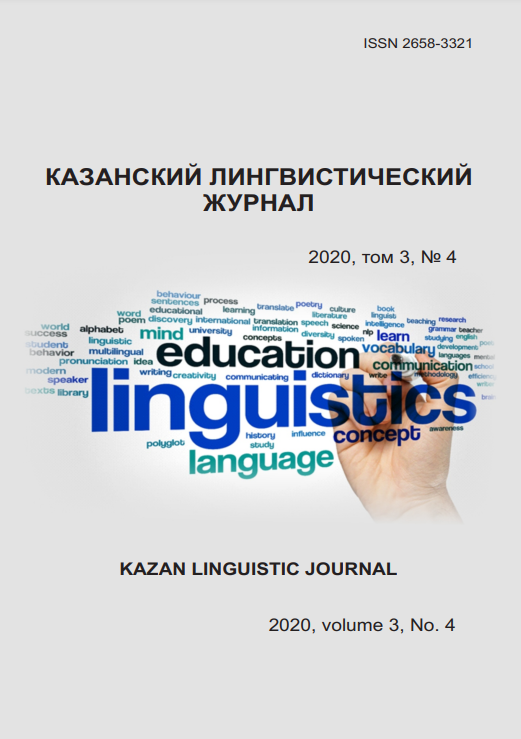Self-directed learning in foreign language education
Keywords:
English language, student, teaching, language skills, self-directed learningAbstract
The essential characteristic of a person in modern society is the ability to self-educate and self-develop. Success of a person in the information society depends first of all on ability to produce new knowledge, innovations, ability to acquire new knowledge, to make choices, to study and self-educate throughout the lives. Only those who constantly develop and maintain their professional skills at a high level can achieve social and economic success and be competitive. One of the main tasks of the higher school is to prepare young people for constant self-educational activities, to equip them with necessary skills and abilities. Self-directed educational activity has received a powerful boost in the current pandemic situation. The quarantine of students of many universities has created objective prerequisites for expanding independent learning. The article aims to reveal the peculiarities of self-directed learning in foreign language education. The authors reveal basic skills that can help students to organize their self-directed learning in foreign language education, point out sources of motivation and define individual educational routs. The authors designed and tested a practice-oriented course “Learn how to learn”, the main purpose of which is to develop students’ ability to organize their self-educational activity in foreign language learning.
References
References
Allwright R. (1977). Motivation – the teacher’s responsibility? ELT Journal 31/4. (In English)
Brown H. (2000). Principles of Language Learning and Teaching 4th15 Pearson Education LTD. (In English)
Dewey J. (1916). Education and Democracy. New York. (In English)
Harmer J. (2007). The practice of English language teaching (4th ed.). Pearson Education Limited. (In English)
Hayes C. (1998) Beyond the American Dream. Lifelong learning and the search for meaning in a postmodern world, Wasilla: Autodidactic Press. 365 + xvii pages. (In English)
Huey B. Long. Skills for self-directed learning. // URL: http://www.homeedsa.com/Articles/Articles%20Browse.asp?CatID=128&CatName=Learning%20how%20to%20Learn (accessed: 13.09.2020). (In English)
Plachova E.A., Kharapudko E.N., Nurmieva R.R. (2019). Game techniques as a method of the educational process intensification in the teaching a foreign language. Humanities and Social Sciences Reviews. Volume 6. Pp. 38–44. (In English)
Rogers A. (1996). Teaching Adults. Open University Press. (In English)
Sagitova R.R. (2016). Designing of Individual Educational Routes of University Students in the Process Self-Directed Language Learning. The European Proceedings of Social & Behavioural Sciences. Volume XII. Pp.371–377. (In English)
Sargant N. (1991) Learning and 'Leisure'. A study of adult participation in learning and its policy implications, Leicester: National Institute of Adult Continuing Education. (In English)
Toffler Al. (2002). Future Shock. Translated by E. Rudnev et al. Moscow: AST Press. (In English)
Walkin L. (1990). Teaching and learning in further and adult education. Stanley Thornes (Publishers) Ltd. (In English)






